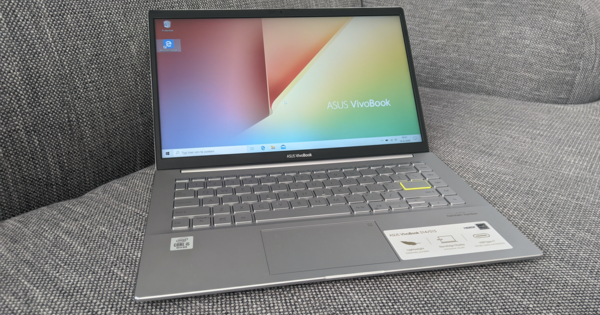Organizations often hang entire walls full of ideas that employees contribute during a brainstorming session. However, you don't have to sacrifice an inch of your wall when you apply this creativity technique digitally with Padlet. Moreover, you can exchange ideas with others from the comfort of your home or even from the train.
Step 1: Log in
Padlet is a free tool aimed at collaboration with colleagues, team members, family or classmates. In addition, Padlet is simultaneously a website, an app for iOS, Android and Kindle, and a Chrome extension. You sign in with your email address, Google or Facebook account. If you have created an account and are logged in, you can work on your digital bulletin board in all these ways. The basic membership is free. This allows you to manage 3 bulletin boards (padlets) that support files of up to 10 MB. The pro version costs about 7.50 euros and with it you can manage an unlimited number of padlets and process files up to 250 MB.

Step 2: Process
Then you can make your first digital post-it. Padlet provides a set of templates to make your flow of ideas look nice too. Padlets are and remain highly customizable. You place a title, text and it is possible to add different types of attachments. This can be, for example, web images, your own photos, videos, Word and PDF documents. It is even possible to draw from the loose wrist on the canvas. In the pro version you can also post voice or video recordings via your microphone and webcam. After you have posted an item, you can share it with others via a link and if you give them permission, they can also add items to your padlet.
Step 3: Share
You can share the padlet via the arrow at the top right. If you share the bulletin board as a whole, it will be exported as a PDF, image, Excel or CSV file. You can even print the padlet. Or just share the link to the bulletin board so others can continue working on the same canvas. You can provide the message board with a password and determine who gets which permissions. There is even an option to embed the bulletin board in a website, so that it is shown live there. And finally, you can generate a QR code that makes the bulletin board appear after you scan that code with the camera of your smartphone.


